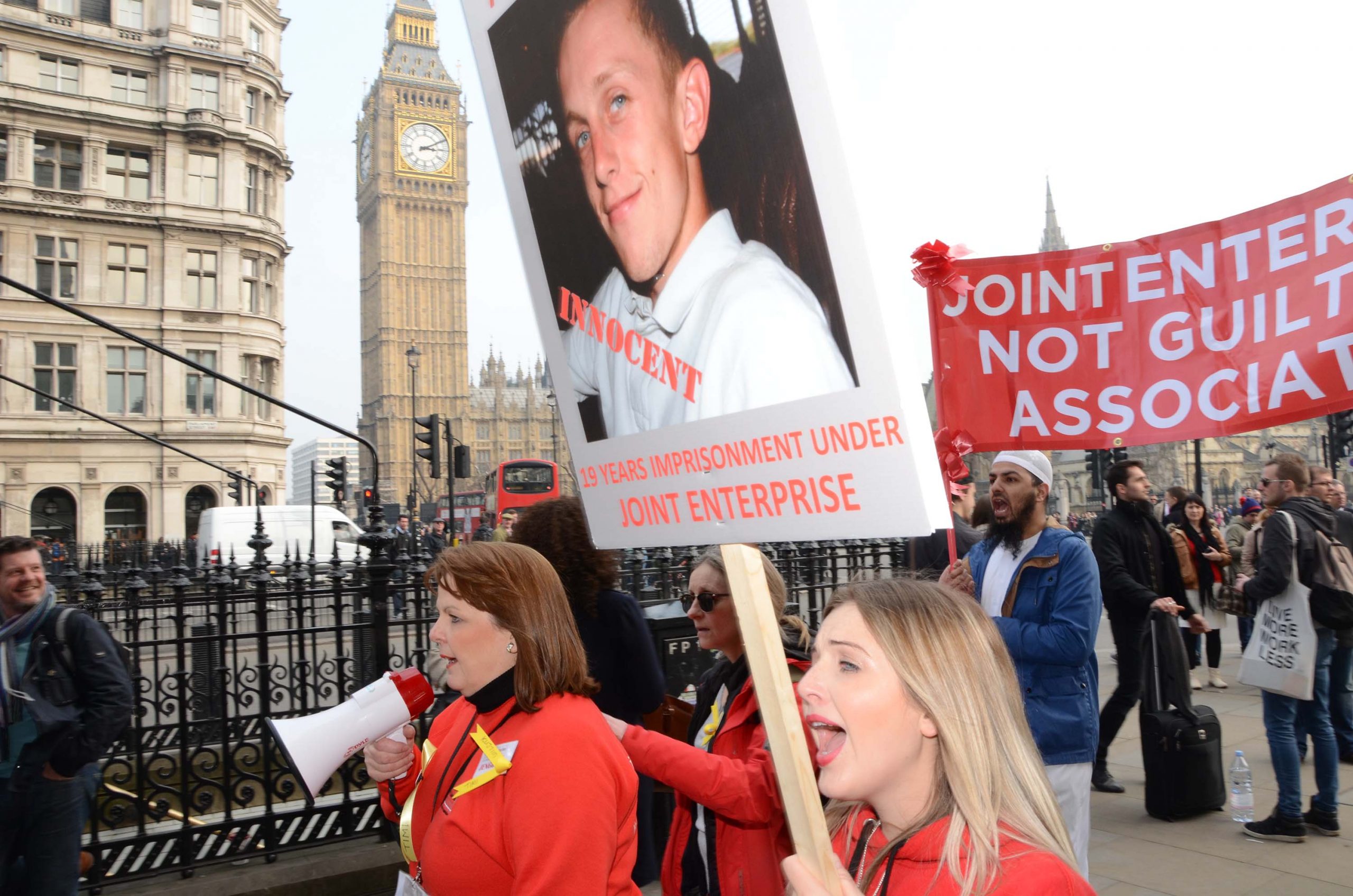A Texas man could be the first person in the US to be sentenced to death for a ‘shaken baby’ conviction of which he staunchly protests his innocence.
Robert Roberson was sentenced in 2003 for the murder of his 2-year-old daughter. He is now on death row, with his execution scheduled for the 16 October. Two previous appeals have failed but he was granted a stay of execution in late 2024. Roberson’s attempts to clear his name had centred on scientific developments in the last two decades which have exposed much evidence around ‘shaken baby’ cases as ‘junk science’. They have also taken into account that accusations that Roberson behaved strangely in the aftermath of his daughter’s death were as a result of his autism diagnosis, not his guilt.
Rather than petitioning for clemency to delay the planned execution, Roberson’s legal team is pushing for a full re-trial of the case.
At the time of the original scheduled date of execution bestselling writer John Grisham joined bipartisan politicians, lawyers, scientists and doctors in sounding the alarm about the case, warning that Texas was about to execute an innocent man convicted of a crime that never happened.
There has long been concern about the reliability of the so called ‘triad’ of symptoms which purport to indicate shaken baby syndrome – brain swelling, intracranial bleeding, and bleeding in the retina – in identifying traumatic shaking, as reported on the Justice Gap (here).
In 2022 a Channel 4 documentary revisited the case of Louise Woodward, an au pair who was convicted of killing a child in her charge, with ‘shaken baby syndrome’ given as the cause of death. After an appeal her sentence was reduced to time served (279 days) and she was freed. In the programme, civil rights lawyer Clive Stafford Smith said that shaken baby syndrome is ‘bullshit’.
In a statement Roberson’s lawyer said that she advised Roberson not to apply for clemency again because it would offer a ‘grossly inadequate remedy.’
She said: ‘A commutation of sentence is not justice for an innocent man who was wrongfully convicted of a crime that never occurred. Relief for Mr. Roberson must come from the courts.’
Gretchen Sween added that clemency would not ‘allow for the long overdue assessment of the objective medical evidence’ in the case and would ‘only divert precious time and resources from the fundamental mission: obtaining a new trial for Robert at long last.’







